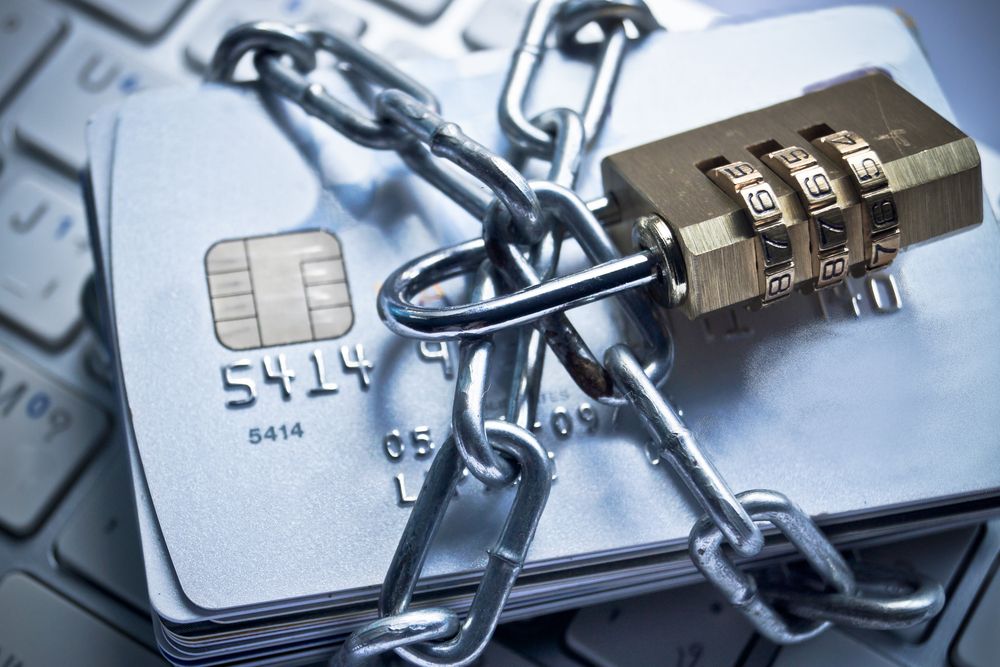
In the ever-evolving landscape of financial transactions, blockchain technology has emerged as a revolutionary force, redefining how we think about security, transparency, and efficiency. Credit cards, which have long been a staple of consumer spending, are now at the cusp of a significant transformation, thanks to the integration of blockchain technology. In this article, we will delve into the ways in which blockchain is set to reshape the world of credit card transactions, potentially leading to a more secure and streamlined future for both consumers and merchants alike.
Enhanced Security Measures
One of the most significant impacts of blockchain technology on credit card transactions is the potential for enhanced security. Traditional credit card transactions involve multiple intermediaries and a centralized system that is susceptible to fraud and data breaches. Blockchain introduces a decentralized ledger, which records transactions across a distributed network of computers, making it nearly impossible to alter transaction data.
This level of security is achieved through cryptographic principles inherent to blockchain technology. Each transaction is encrypted and linked to the previous transaction, creating a chain that is tamper-evident. Moreover, the consensus mechanisms employed by blockchain networks ensure that all participants agree on the validity of transactions before they are recorded. This can drastically reduce instances of fraudulent activity, as the system makes it extremely difficult for unauthorized users to replicate or falsify transaction information.
In addition to preventing fraud, blockchain can also provide stronger privacy protections for users. Personal information is often a requirement for credit card transactions, but with blockchain, this data can be tokenized, meaning that sensitive information is replaced with a non-sensitive equivalent, called a token, that has no exploitable meaning or value. This process can significantly reduce the risk of personal data being compromised.
Cost Reduction and Efficiency
Another transformative aspect of blockchain technology is its potential to reduce costs and increase efficiency in credit card transactions. Traditional transactions involve multiple intermediaries, such as banks, payment processors, and card networks, each taking a cut of the transaction through fees. Blockchain technology can streamline this process by removing the need for some of these intermediaries, thereby cutting down on the associated costs.
With blockchain, transactions can be processed in a peer-to-peer manner, reducing the time it takes to settle payments. Without the need for a central clearinghouse, transactions can be completed in a matter of seconds or minutes, rather than days. This speed is particularly advantageous for merchants, who can benefit from improved cash flow and reduced transaction fees.
Furthermore, the automation of contract execution through smart contracts — self-executing contracts with the terms directly written into code — can also simplify and speed up the payment process. Smart contracts can automatically trigger transactions once certain conditions are met, further reducing the need for manual intervention and the potential for human error.
Cross-Border Transactions Simplified
Blockchain technology also stands to significantly simplify cross-border credit card transactions. Currently, international transactions involve currency exchange, cross-border fees, and often lengthy processing times due to the involvement of various financial institutions and regulatory frameworks. Blockchain technology can mitigate these issues by providing a unified, global ledger for transactions.
By using cryptocurrencies or stablecoins pegged to fiat currencies, blockchain can facilitate a more direct and efficient method of international payment, bypassing traditional banking systems and their associated costs. This can lead to lower fees for consumers and faster transaction times, making international purchases and travel more convenient.
Additionally, blockchain’s inherent features could ensure better compliance with international regulations. The transparency and immutability of the blockchain ledger can assist in fulfilling anti-money laundering (AML) and know your customer (KYC) requirements, providing a reliable audit trail for regulators and institutions.
Rewards and Loyalty Programs Reimagined
Blockchain technology can also revamp credit card rewards and loyalty programs by introducing greater transparency and ease of use for consumers. With blockchain, loyalty points can be tokenized, creating a secure and easily transferable representation of the rewards.
This tokenization of rewards points could lead to a more interoperable system where points from different credit cards and merchants can be consolidated and used across various platforms. Consumers would no longer be restricted to using points within a single ecosystem, and the value of the points could be more clearly defined and retained.
Moreover, the use of smart contracts can automate the accrual and redemption processes of loyalty programs, ensuring that consumers receive their rewards in real-time and without discrepancies. This could foster greater trust and engagement in loyalty programs, encouraging more frequent use of credit cards and enhancing customer satisfaction.
The Path to Adoption
Despite the clear advantages that blockchain technology brings to the table, the path to widespread adoption in credit card transactions is not without challenges. Integration with existing financial infrastructure, regulatory compliance, and the need for a shift in consumer and merchant behavior are all hurdles that must be overcome.
The financial industry must invest in developing interoperable blockchain systems that can seamlessly interact with current payment networks. Moreover, regulatory bodies around the world will need to establish clear guidelines to govern the use of blockchain in financial transactions. Finally, both consumers and merchants will require education on the benefits and usage of blockchain-enabled credit cards.
Blockchain technology has the potential to revolutionize credit card transactions, offering enhanced security, reduced costs, and greater efficiency. Its impact on cross-border payments and loyalty programs could also lead to a more consumer-friendly financial landscape. While there are challenges ahead, the ongoing advancements in blockchain integration signal a promising future for credit cards, one where transactions are faster, cheaper, and more secure. As we move toward this future, it is crucial to foster a collaborative environment where technology providers, financial institutions, regulatory bodies, and consumers work together to harness the full potential of blockchain in credit card transactions.
